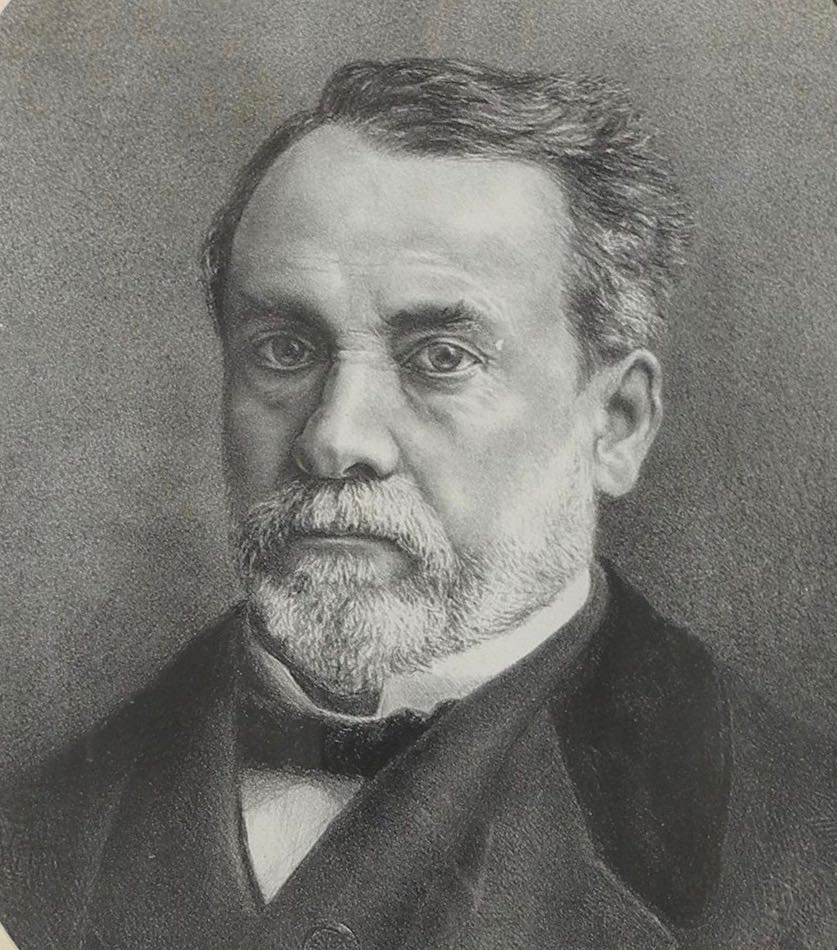Louis Pasteur
persons

Louis Pasteur (1822-1895) - French chemist and microbiologist renowned for his discoveries of the principles of vaccination, microbial fermentation and pasteurization, which was named after him. His research in chemistry led to remarkable breakthroughs in the understanding of the causes and preventions of diseases, laying down the foundations of hygiene, public health and much of modern medicine. His works are credited to saving millions of lives through the developments of vaccines for rabies and anthrax. He is regarded as one of the founders of modern bacteriology.
A silkworm (Bombyx mori) disease pebrine spread across Europe in the 19th century, posing a big threat to the silk production. Louis Pasteur found a prophylactic method against pebrine, called cellular selection or the Pasteur method. Each individual moth was placed in a small container called a cell, inside which, separated from others, it laid eggs. The moth was then analyzed by double microscopic selection; if it was immune to pebrine, the eggs it laid were healthy and, in this case, they could have been certified as “Pebrine free.”
The First International Sericulture Congress was held in Gorizia (then part of the Austro-Hungarian Empire) in 1870, which led to sharing Pasteur’s incredible discovery to the world. Numerous establishments were created using the Pasteur system. The most significant among them were the sericulture stations of Gorizia, Padua, the Caucasus and Tokyo. One of the main activities of the Caucasian Sericulture Station was to control the eggs using the Pasteur method and to spread healthy eggs among local farmers. These measures contributed to the survival of Georgian sericulture and it preserved precious monovoltine Caucasian breeds of the silkworm.
Louis Pasteur found a prophylactic method against pebrine, called cellular selection or the Pasteur method.
He was the director of the Pasteur Institute, established in 1887, until his death, and his body was interred in a vault beneath the institute. Today, visitors can see a timeline of his major inventions inscribed on the wall of the vault:
1848 Molecular Dissymmetry
1857 Fermentation
1862 Spontaneous Generations
1863 Study on the Wine
1865 Diseases of Silkworm
1871 Studies on the Beer
1877 Viral Diseases
1880 Virus - Vaccine
1885 Prophylaxis of Rabies
In 1902, the scientific community initiated renaming the former Pharmacy street after Louis Pasteur. This is one of the very rare occasions where the street has not been renamed neither in the Soviet period nor later.



